Rules and methods of planting cucumbers
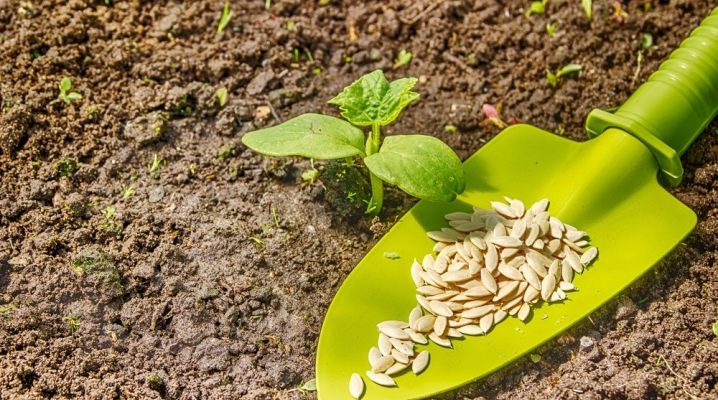
Cucumber is the most common vegetable in summer cottages. Most importantly, it is easy to grow it yourself. Today you will learn about the basic aspects for a wonderful and flavorful harvest.
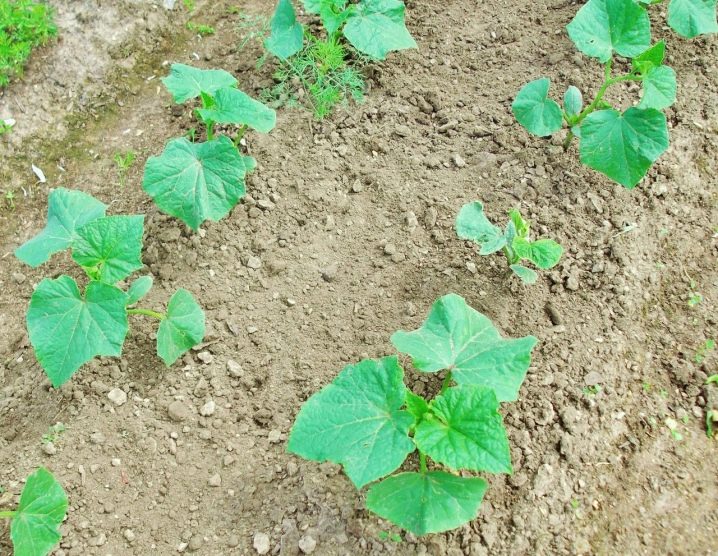
Best predecessors
For several years in a row, you cannot plant cucumbers on the same garden bed. It is best to plant root crops after this plant, such as radish, carrots, turnips and beets, because the root system of cucumber bushes develops in a layer of soil, no deeper than 20 centimeters.

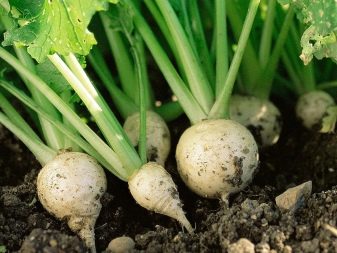
When planting legumes next year, you will have a restored garden bed full of nutrients.
And in the third year, it is advisable to plant tomatoes, corn, onions, bell peppers. Siderata are also welcome. With their help, the earth is enriched with nitrogen, starch and trace elements.
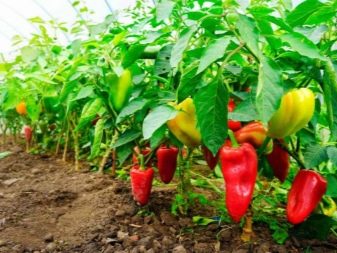

It is categorically not worth planting watermelons, zucchini, pumpkins, melons. This is due to the fact that they consume exactly the same nutrients, which means they deplete the soil.
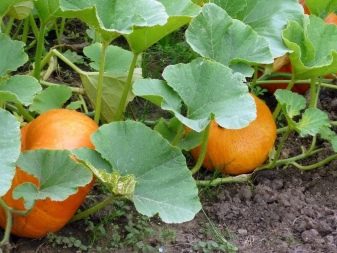
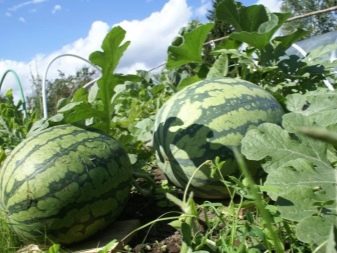
Timing
Calculate the timing before sowing seeds for seedlings, because in a hurry with sowing, the seedlings will stretch out and stop. And if you are late, then the seedlings will not be able to form well on time.
The best time to plant cucumber seedlings is June, from the 1st to the 10th. Because cucumbers are very thermophilic and are afraid of frost, and during this period they should not be.
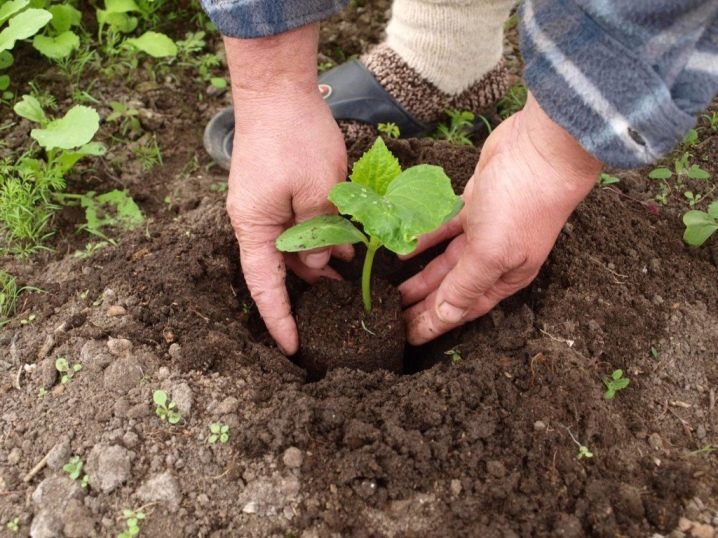
Please note that by this time the seedlings will have at least three leaves.
To extend the cucumber season, sowing cucumbers is carried out with a difference of 10-15 days. In this case, different varieties should be used. Due to the decrease in insect activity by autumn, it will be more correct to choose self-pollinated varieties. In this way, you will achieve alternate fruiting.
Very often, sowing of cucumbers is done in July. This is done as a re-seeding. This is necessary to get the harvest much longer. Towards the middle of August, you will also have a large number of cucumbers, despite the fact that the May ones are already withering and yielding fewer fruits.
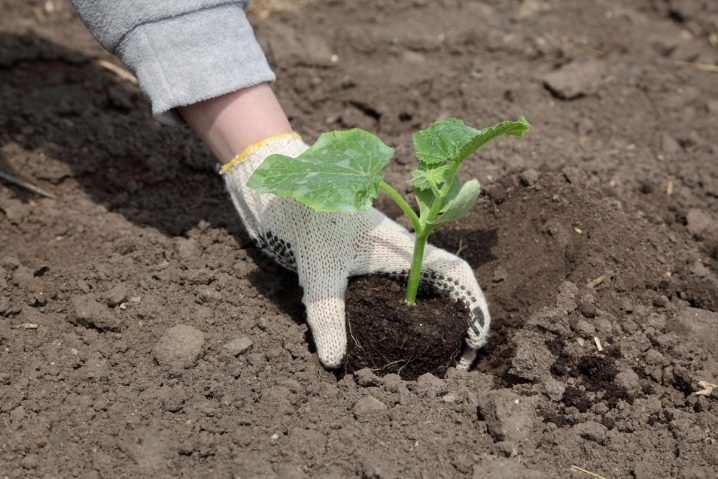
Preparation
You need to start preparing the site in the fall. They dig up the earth and, if necessary, lime it. Then add straw, sawdust, grass cut to a depth of about 40 centimeters. Sand or peat is poured on top. You can also add manure or humus to the soil.
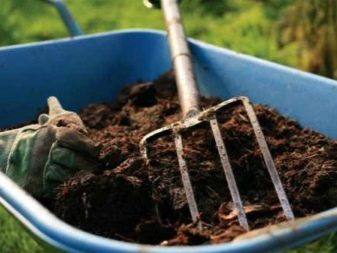
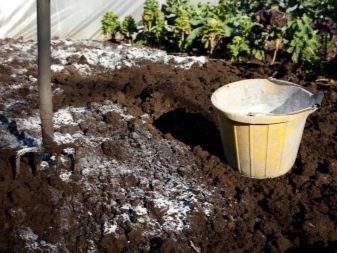
In the spring, when the earth has dried up and warmed up, they plow the area and add manure. It is added due to the fact that, when decomposing, it emits carbon dioxide, which is useful for soils. Then, holes and trenches are formed, that is, beds.

The more organic matter you add, the stronger the plant will be, which means the harvest will be plentiful.
A place
This green vegetable is best planted in flat areas. Avoid higher elevations, as the moisture content there is very low, due to the fact that the water flows down to the bottom... And in the lowlands, on the contrary, the water content is too abundant, moreover, the temperatures there are lower than required. Please note that there should be no groundwater near the planting.
Cucumber seedlings need to be planted in warm soil, and to accelerate the germination effect, cover it with a film.
Cucumbers should be grown in open and sunny beds, so they should not be planted in the shade or under trees. Otherwise, they will lack light and warmth.
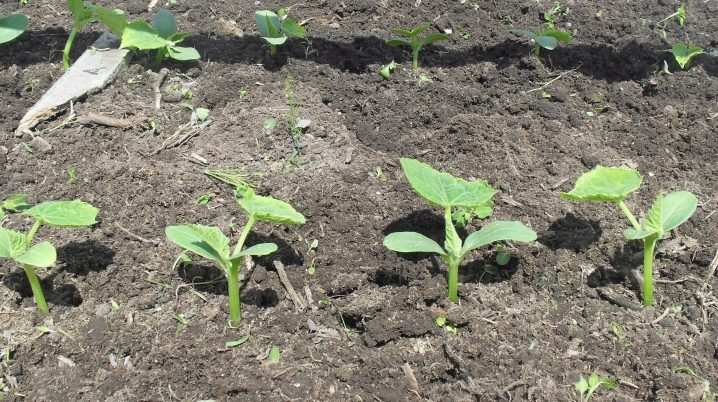
The soil
For a good harvest, you need to prepare the soil for planting in advance. Cucumbers are very demanding on soil and air moisture, they need light.
The highest yields are obtained on high-quality and fertile soils. The ideal soils for cucumbers are loamy and sandy loam soils. Acidic, poorly heated lands are considered unsuitable. The soil should be high in moisture, as cucumbers love it.
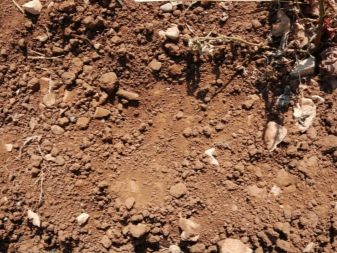
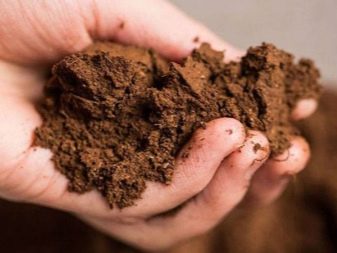
The depth of spring plowing should be 16-18 centimeters.
To fertilize cucumbers, you can use the following substances:
- manure;
- peat compost;
- superphosphate;
- potassium salt.
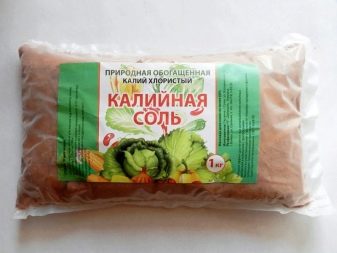

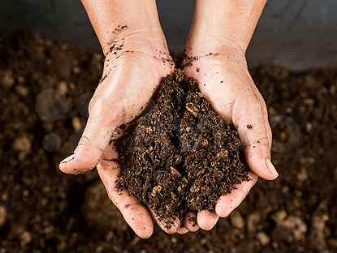
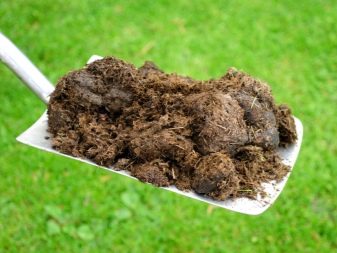
Ideally, you need to add about a bucket of compost or humus per square meter of soil.
Seeds
Cucumbers have their own characteristics that must be considered when choosing seeds for planting.
- Selection of cucumbers... Choose whether to grow cucumber varieties or hybrids. The varieties have excellent taste, but they are quite whimsical. And hybrids are much more productive and more resistant to pests and diseases. Their harvest does not depend on weather conditions.
- The purpose of the cultivation. Decide what you will be growing cucumbers for. This can be an option for salting and harvesting, or for pure consumption. On the bags with seeds, the purpose of future fruits must be indicated. Often the choice falls on curling cucumbers, as they do not grow too large and do not have voids.
- Place of cultivation. This point is important for making the right choice. There are specially bred varieties for cultivation in greenhouses or in the open field.

These criteria will allow you to form a general idea of the upcoming purchase. Buy seeds only from specialized stores. If you have any difficulties in choosing, then contact the seller. He will definitely help you choose exactly the type of cucumber that is right for you.
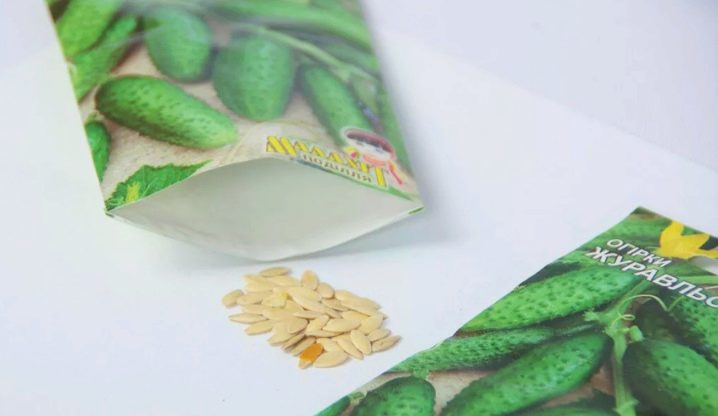
How to grow seedlings?
First you need to sort the seeds, this is done in order not to plant defective seeds. To do this, the seeds are dipped in a 5% sodium chloride solution for 5 minutes, the water should be at room temperature. As a result, unusable seeds will float, and good ones will sink to the bottom.
Then, before planting, the cucumber seeds should be disinfected. To do this, make a solution of potassium permanganate and place them there for a while, and then rinse everything under running water.
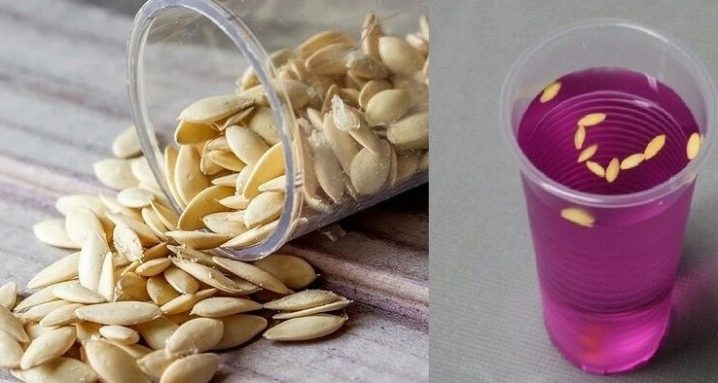
To germinate seeds, you need to take a cloth, moisten it with water at room temperature and put the seeds there. After 2-3 days, the sprouts should reach 4-5 millimeters.
Cucumber seedlings do not tolerate transplanting very well, so each sprout is planted in separate containers. They must be planted in a nutrient mixture so that future plants are strong.
Until shoots appear, plants should be kept at a temperature of about 28 ° C. For less evaporation of moisture, the pots are covered with foil. When the seeds have sprouted, it is harvested. It so happens that two sprouts appear in one pot. Then cut the weakest one, so you will not damage the roots of the stronger one.
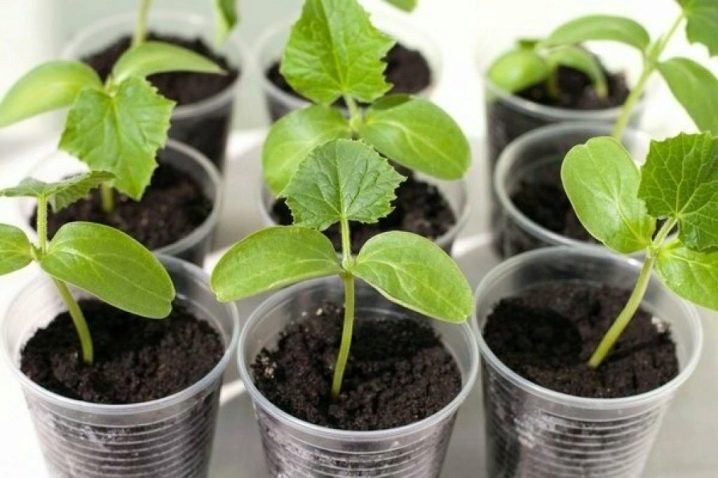
Reduce the temperature to 20 ° C for 3 days to prevent the sprouts from wilting. Add some extra lighting. It will help to keep the seedlings from stretching, especially on cloudy days.
During cultivation, you need to feed the land twice with special complex fertilizers. Water only with warm water. And most importantly, make sure that there are no drafts.
Seedlings are ready for planting if 2-3 dark green leaves have appeared on each bush, and the roots occupy almost the entire space. At this point, her age is about 3-4 weeks.
After 20-25 days, the seedlings need to be planted. From 15 to 20 April this is done in the greenhouse. From 10 to 15 May - in open ground under the film. And from June 2 to June 10, you can plant in open ground without any shelter.
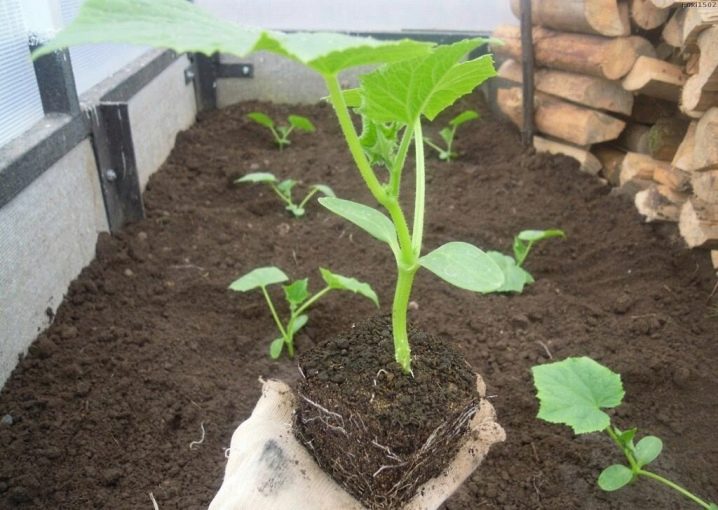
Landing methods and schemes
The planting scheme for cucumbers depends on the place where the crop is grown. But regardless of these conditions, any growing scheme is used only in moist soil at a depth of 2 to 4 centimeters. After that, the seeds are covered with a 1.5-centimeter layer of a mixture of fertile soil and humus, or. Parting is by no means worth it. One plant is enough per square meter.

There are several options for placing a cucumber on a ridge. Let's consider the main ones.
- Double-sided tape. Between the rows, leave from 40 to 50 centimeters, and between the ribbons from 100 to 150 centimeters. This method will definitely make watering, weeding and harvesting easier.
- Private... This is the most optimal and common sowing method. In it, the row spacing is made approximately 110 centimeters. The plants themselves are thinned out so that the distance between them is 15 cm.
- Square-nested. It is especially popular with those who own private gardens. The distance between the holes is 70 centimeters. Their depth is 10 cm, and their diameter is about 8. Then the soil is compacted, but slightly, and 12-15 seeds are placed in one hole. When the sprouts germinate, 5-6 of the strongest and most powerful are left in the holes.
- On the trellises... Sticks up to 2 meters are placed in the ridge with an interval of 0.3 meters. A rope is launched from each stick and fixed.

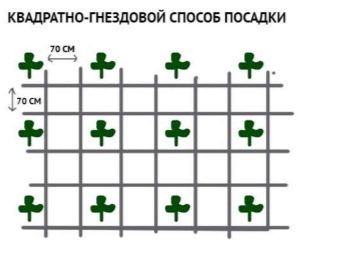

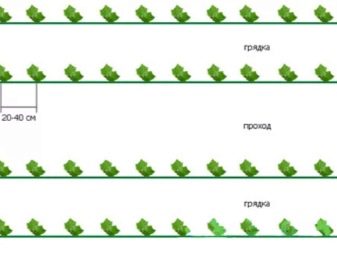
Failure to comply with planting schemes can lead to the creation of a favorable environment for the development of rot and fungal processes. The pests will feel good, so the plants may be harmed. The development of male flowers is also taking place - these are barren flowers. And all due to the fact that the bush does not have enough water, food and light.
An unusual option for planting a vegetable is planting in tires. For the construction, you need to take 3-4 tires, fill them with earth mixed with peat.
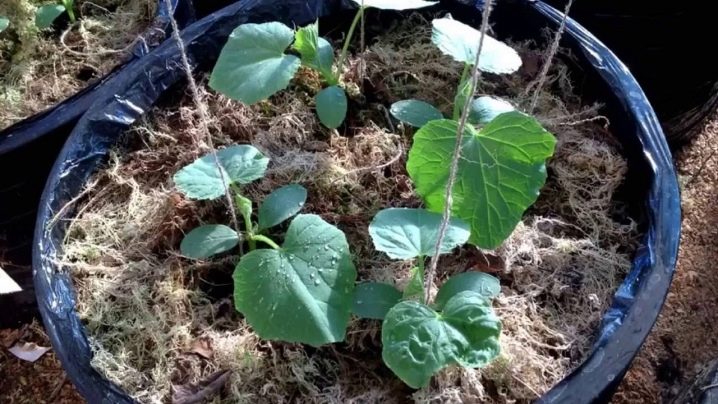
You can grow cucumbers along the fence. When the whips appear, they need to be tied to the fence.
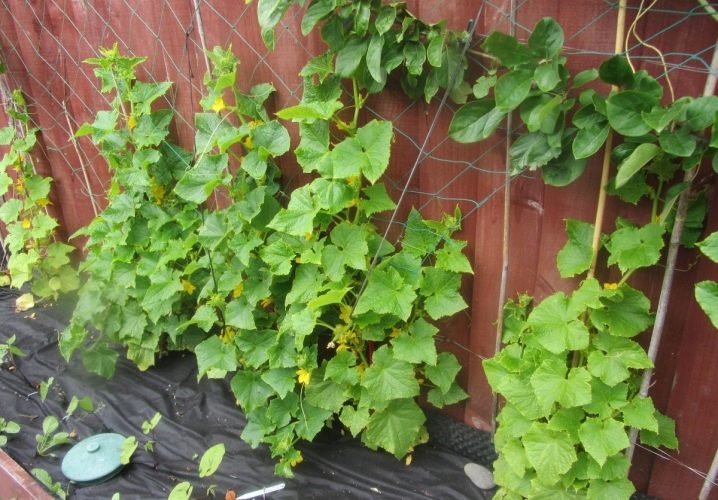
Vertical planting is mainly used in greenhouses. When the lashes appear, they are tied to the ceiling.
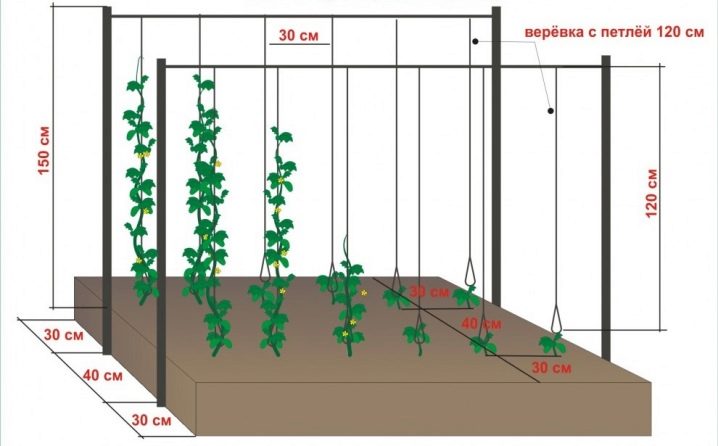
Cultivation in a circle - this method is also called "Christmas tree". Plants are planted in a circle at a distance of 40 cm. A support is installed in the center of the circle, cucumber lashes are attached to it with twine.
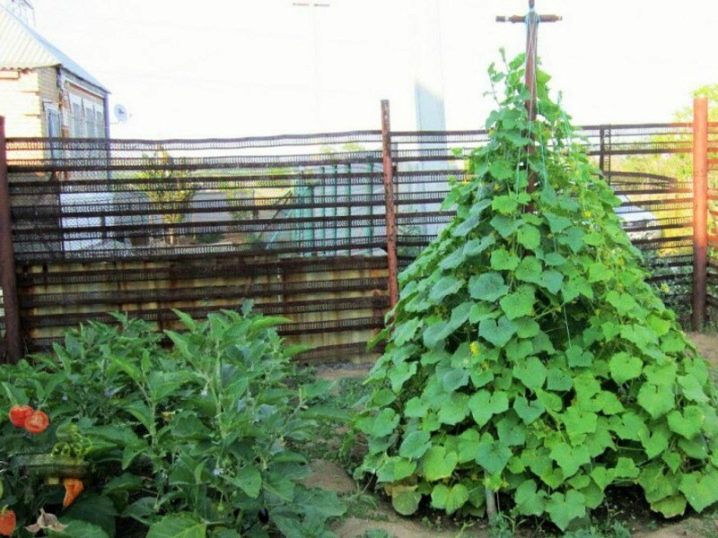
Pay attention to the covering material. The most suitable is spunbond. It has a fibrous structure, so it will allow air to pass through.
What to put in the hole?
Before planting cucumbers in the soil, it is imperative to make fertilizers, which is the key to the fruiting of the culture. The preparation of the grooves takes place in advance.
You need to put fertilizers in the hole, and the most useful thing is potassium... If it is not added to the ridge, then the cucumber leaves will dry out.
You can also put fertilizers containing nitrogen... They will help speed up the growth of the plant. Ash and chicken droppings are also added to the pits, urea is also suitable.
10% nitrogen, 7% potassium and 7% phosphorus - This is the most ideal composition for adding to the hole. The composition may include humic compounds.
It is not worth deepening fertilizers by more than 20 cm. This is due to the fact that the roots of this culture are no deeper than this length.
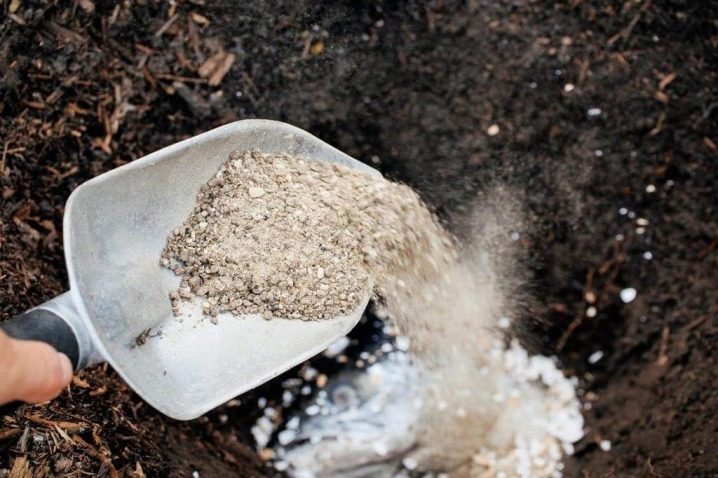
What can you plant next to?
Considering the compatibility of crops with cucumbers, an excellent harvest can be obtained during the season. The right choice will help attract beneficial insects, the weeds will not be able to grow, since the garden bed will be as full as possible. And also the depletion of the earth will pass you by.
Usually, plants for the neighborhood with cucumbers are chosen so that they master the area at different times or occupy different tiers. The neighborhood will be successful if you plant plants that:
- scare off pests;
- promote the development of green vegetables;
- have similar growing conditions (soil composition, moisture, feeding and lighting).

Consider plants that are recommended to be planted with cucumber bushes.
- Radish... This is the most neutral plant, because with a cucumber they have different planting and ripening dates, which means that these vegetables practically do not contact each other.
- Broccoli, colored cabbage... Their smell repels pests.
- Corn... It will protect cucumbers from scorching rays and from the wind (peas and beans are also suitable for this). This culture also serves as a support for cucumber lashes. Food will not be taken away, as its roots grow deep down.
- Legumes... When they are planted, nitrogen is released into the soil, which is necessary for the nutrition of cucumbers.
- Mustard... It is good as green manure, therefore it promotes the appearance of phosphorus and nitrogen.It also helps to reduce pests such as slugs and wireworms.
- Also, a good combination would be if you plant cucumbers with rye, sunflower, stem beetroot (place it around the perimeter of the garden), carrots, eggplant, pepper, dill, Beijing cabbage, garlic.
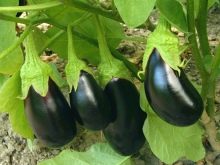
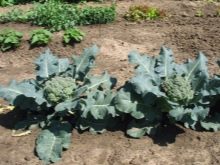
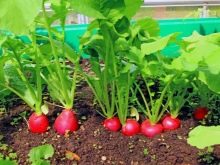
Crops that slow down the growth of cucumbers as a result of the release of certain substances should not be planted next to them. These plants include:
- Pumpkin family. They have common pests, and are also prone to the same diseases.
- Spinach, salad. They need too much moisture, so they will take it away from the cucumbers.
- Potato. Place them further apart, as these cultures are mutually oppressive.
- Fennel. It is not planted next to it due to the fact that it has a powerful root system. And she can take all the moisture and nutrients for herself.
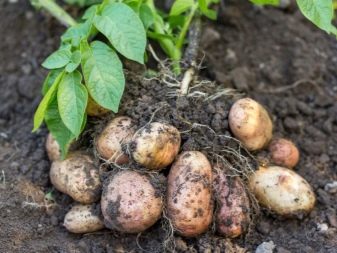














The comment was sent successfully.